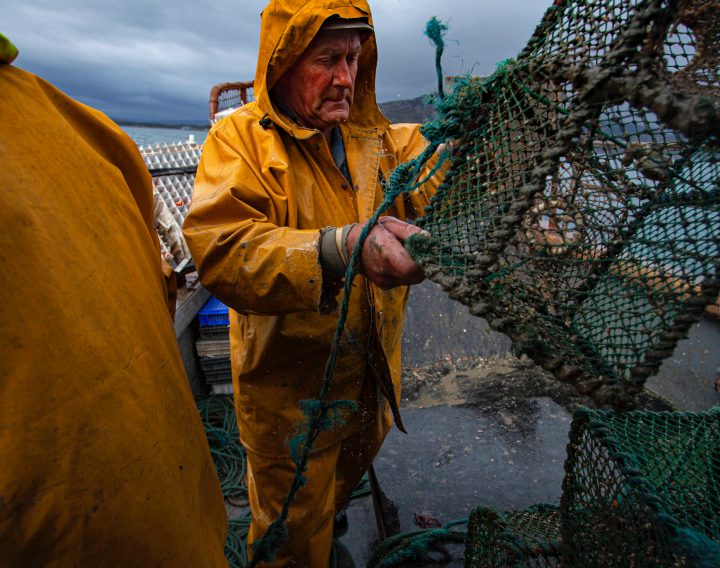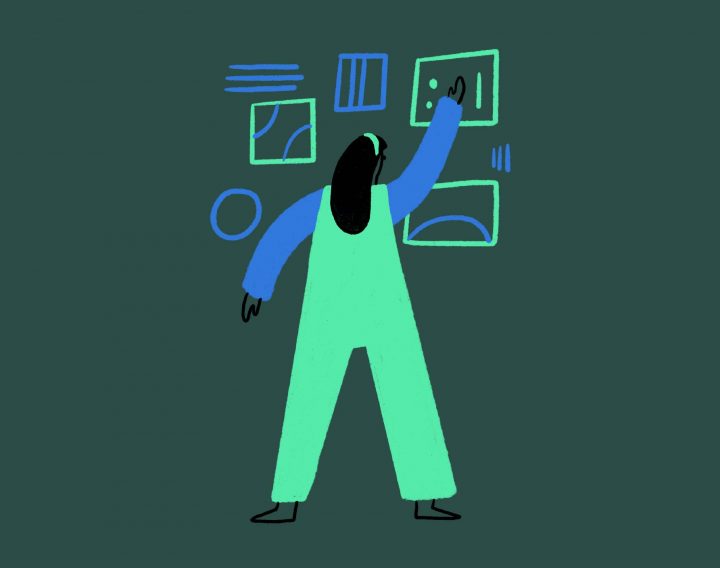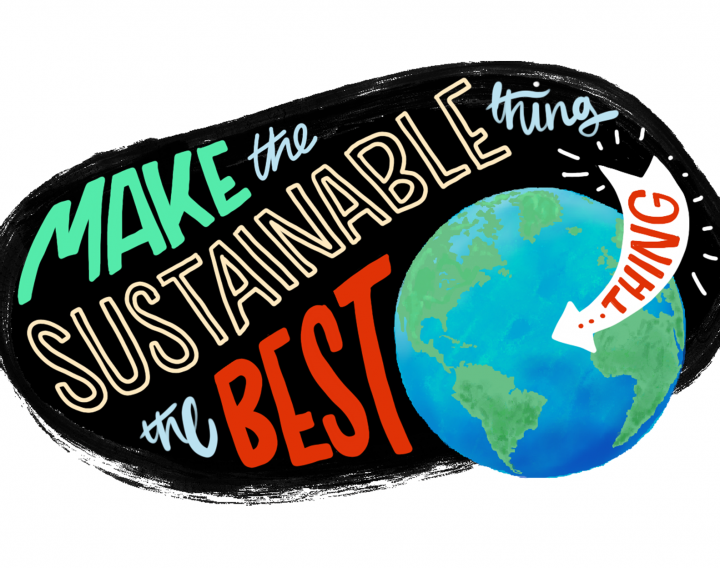
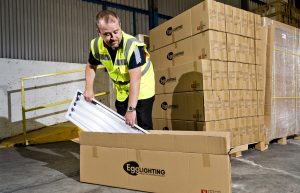
Sprinting through discovery in 9 weeks
We worked closely with EGG Lighting, cementing the process of user-centred design at every stage of service development. Key activities in the project included:
- Qualitative research with 18 lighting stakeholders
- Co-synthesis workshop with the EGG project team
- Co-design workshop with lighting stakeholders
- Feedback focus group sessions with lighting stakeholders
Firstly, we needed to understand EGG customers’ current attitudes, needs and barriers towards remanufactured lighting. We conducted eighteen remote interviews, across six days, with stakeholders regarding lighting across both the public and private sectors.
These included:
- NHS boards from Ayrshire & Arran, Highland, Lothian and Tayside
- Local authorities from Aberdeenshire and The City of Edinburgh
- Higher education institutions such as Edinburgh University
- Housing associations such as Fyne Homes
- Transport authorities such as AGS Airports
- Architecture firms such as Collective Architecture, Austin-Smith & Lord and John Gilbert Architects
We talked to people in a variety of roles such as architects, sustainability managers and energy engineers to gain different perspectives.
To process the research findings, we invited members of the EGG Lighting project team to join us for a remote co-synthesis session. This was to give an insight into how we work and provide an initial understanding of the emerging themes from the research.
We continued to analyse and synthesise these independently into a set of key research findings. With these, we developed a set of customer profiles and journeys by collating similar needs and pain points. These highlighted commonalities and differences between ‘types’ of customers, as well as the various lighting journeys they typically experience as well as profile-specific pain points.
The research enabled us to spot design opportunity areas that we took into a virtual co-design workshop to come up with solutions. These were then developed and presented back to stakeholder focus groups to gather feedback for further design iteration.
“Thank you so much for arranging and facilitating today – I think the workshop went really well and we had great engagement and some really interesting insights.”
Continuing a user-centred and agile approach
We’ve provided EGG with a foundation to continue customer-centric work in any future activities. Through our process, we’ve identified that not every business is ready to switch to a service model.
Although there was strong client enthusiasm for lighting as a service, the variety of customer needs meant that EGG needed to consider procurement, existing contractors and liability. A series of staggered service options are needed to transition people towards service models.
This can be achieved with the aid of the service principles and roadmap we created. The recommendations are based on our customer research and prioritised in order of importance for EGG. They’re focused on business strategy, service design, stakeholder development and marketing.
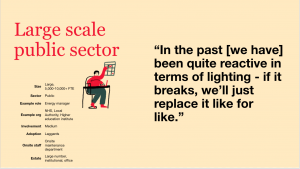
Pivoting in response to research findings to provide fresh focus
This project was designed to test the hypothesis that EGG should commit to exclusively offering lighting as a service.
Our research disproved this hypothesis and showed that EGG would need to take a more transitional approach. To make this finding practicable, we presented our findings in the form of a desirability, feasibility, viability Venn diagram. Highlighting where organisations were positioned in this diagram and why helped reassure the client that these potential customers might still be open to influence.
This also presented the interesting challenge of using our research synthesis and concept development skills to find solutions that could flex to meet customers’ requirements. To help with this we created the following assets:
-
Customer profiles
We looked at the similarities and differences between the eighteen participants to create four customer profiles. We compared sector type, number of employees, maintenance facilities, and building management. We also considered their views towards sustainability, their degree of involvement in the lighting process, and other needs and pain points.
-
As-is journey maps
We developed customer journey maps for each of the profiles to provide an overview of their typical route through the process of acquiring and using lighting.
-
Research report
Key customer research findings were collated into a report which was distributed amongst those who took part.
-
Service blueprints
We developed four concepts into detailed future facing service blueprints. These highlighted anticipated customer steps and the actions EGG would need to take to deliver them.
-
Service principles
We built a set of principles based on our research findings to help EGG stay relevant and customer-centric. These are simple rules that can be applied across any stage of the project to guide the development of products and services.
-
Recommendation roadmap
In order to help EGG to adopt an agile approach to continue developing a customer-centric service offering, we developed a recommendation roadmap. This organised recommendations into a ‘Now’, Next’ and ‘Future’ structure, merging Agile with Technology Readiness Levels (TRLs) as the service develops.
